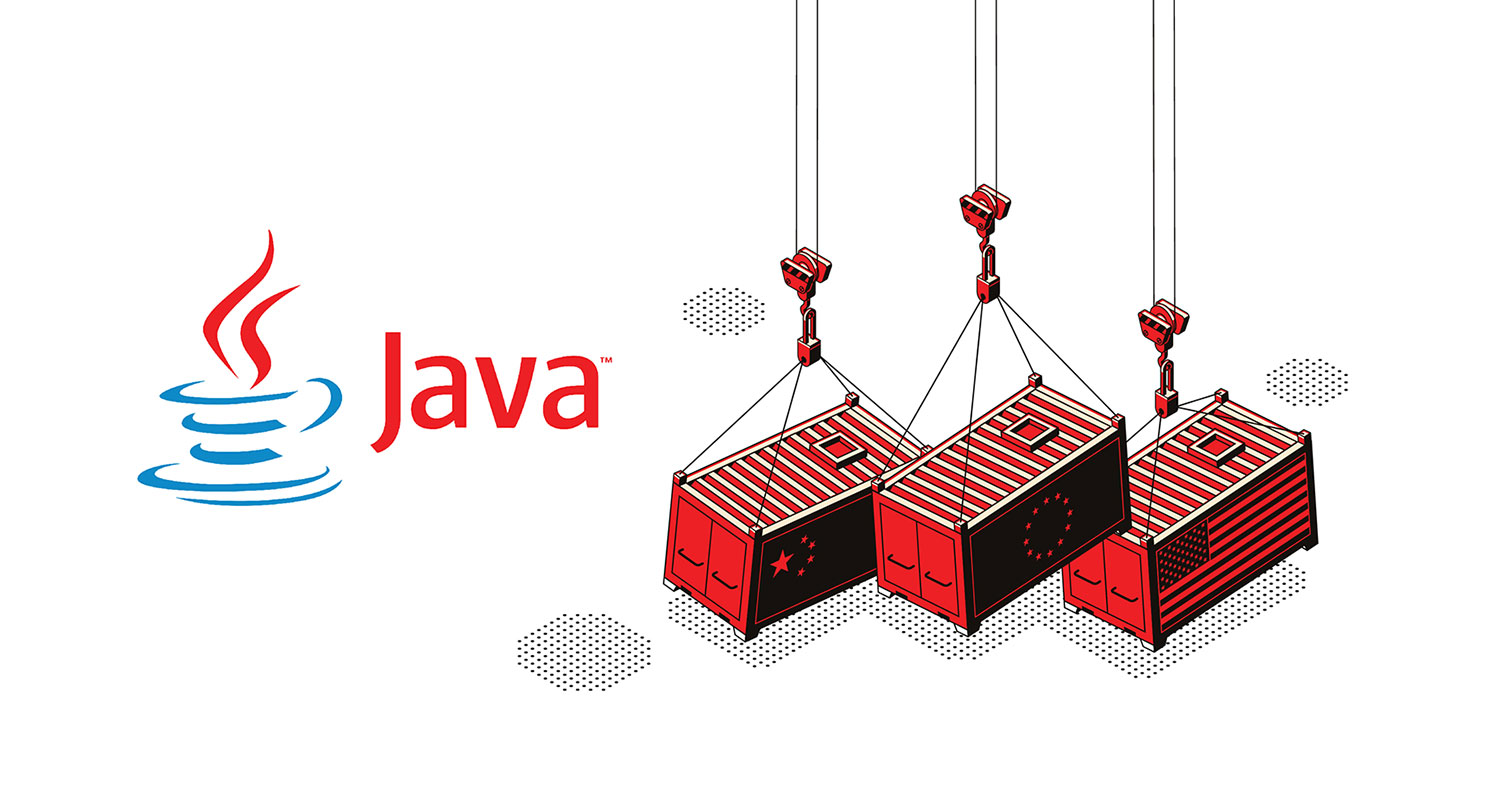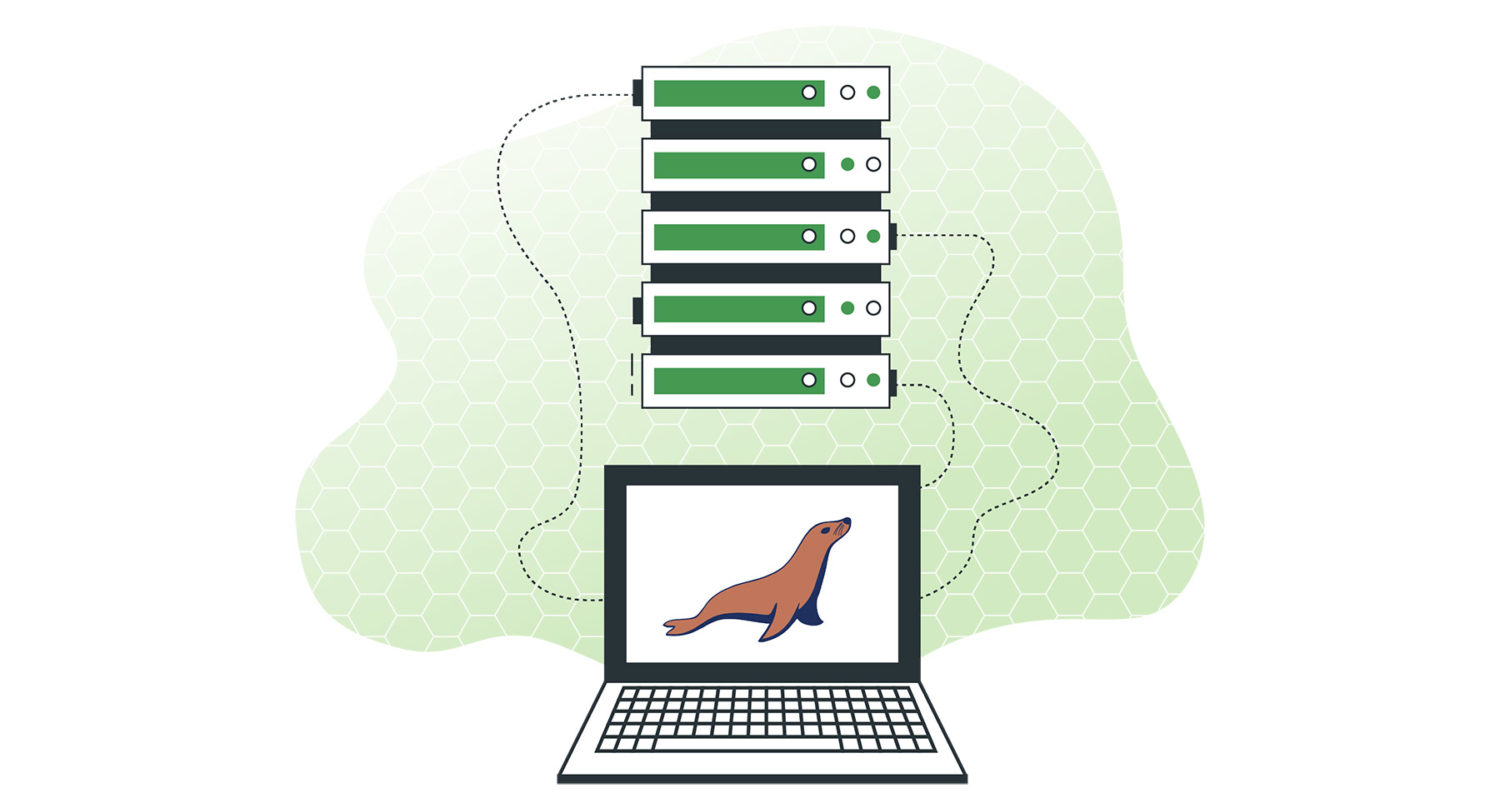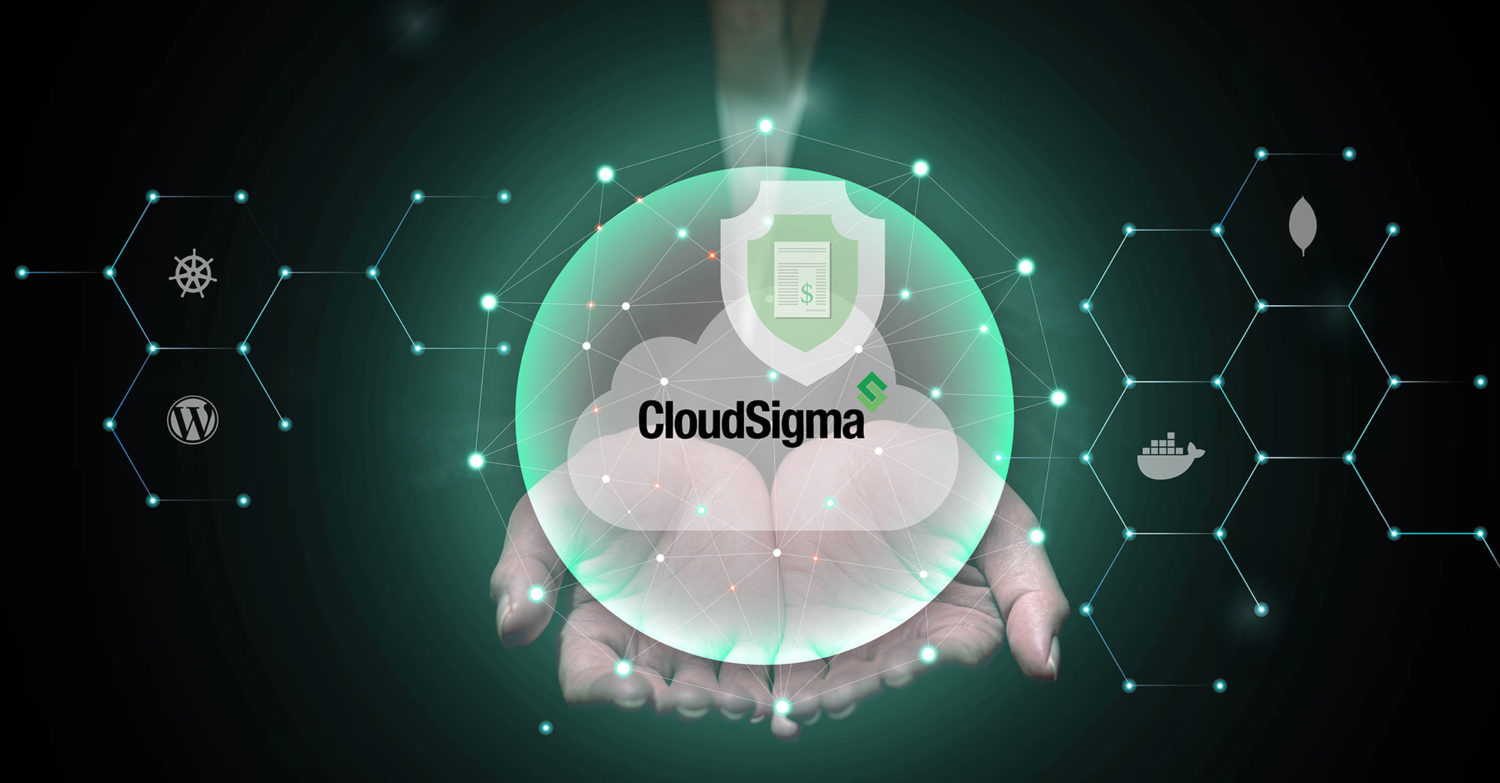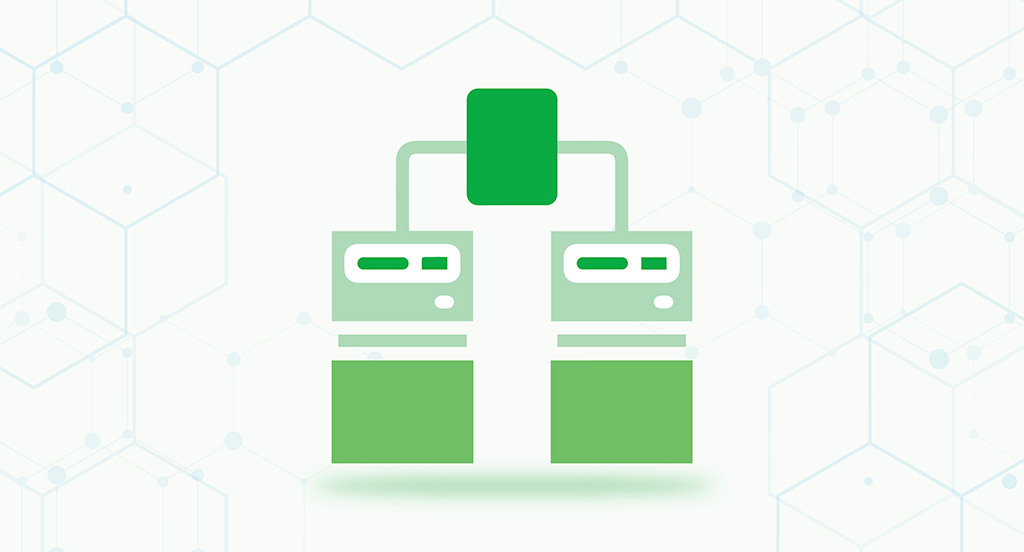As businesses look to become more cost and time efficient while improving their performance on the digital front, most are turning towards modern solutions like Platform-as-a-Service. PaaS platforms offer a level of flexibility and availability that not only accommodates, but also drives business growth. PaaS Benefits Following are some of the key benefits that using PaaS for your business brings …
Using CloudSigma PaaS to Shift Java Applications into Containers
For the longest time, application development and management were completely dependent upon physical infrastructure. As businesses looked to host multiple applications on a singular hardware system, virtualization solutions like hypervisors were introduced. A hypervisor, also known as a Virtual Machine Monitor (VMM), is software that creates and runs Virtual Machines (VMs). The hypervisor will allocate resources to each guest or …
Using MariaDB-as-a-Service on the CloudSigma PaaS Platform
MariaDB has been a prominent name in the world of hosting for a long time now. CloudSigma PaaS combines the best practices of MariaDB hosting and analysis on our platform in the form of CloudSigma MariaDB-as-a-Service. This service is designed to automate the technical aspect of the process and allow you to use a ready-to-work solution at a moment’s notice. …
Improving Database Availability and Performance: MariaDB/MySQL Auto-Clustering with Load Balancing and Replication
High data availability and consistently good performance are a necessity for modern applications. Database clusterization makes this a possibility. Clusterization is, however, a complex process that requires a lot of experience and expertise. To simplify the task and make it achievable, CloudSigma PaaS allows its users to access auto-clustering for MariaDB/MySQL. In this guide, we will discuss why database clusterization …
Using Asynchronous Primary-Secondary Replication by PostgreSQL for Auto-Clustering
Data is arguably the most important component of any website or application. If you are the owner of a website or an app, you must ensure that you are able to provide your users with adequate data security, accessibility, and availability within a dynamically changing environment. One of the ways to do this is to use multiple servers working in …
Is PaaS Platform Lock-In a Hidden Threat to Your Business?
Platform-as-a-service (PaaS) offerings can be a powerful solution to the problem of scarce resources. By removing the complexity of managing underlying infrastructure and development environments, they make it possible to write, test and deploy new applications fast and efficiently. Since speed to market is now a key competitive differentiator, PaaS is a choice that can deliver a market advantage. The …
CloudSigma PaaS Platform Load Balancing How-to Guide
On CloudSigma’s PaaS Dashboard settings, you will find a tool known as a load balancer. Load balancers are dedicated nodes that allow you to perform load balancing– the process of traffic navigation and workload distribution across different components in your infrastructure. CloudSigma PaaS gives you the option to add these instances manually into your environment. You will get the option …
Exploring Platform-as-a-Service (PaaS) and its Types
PaaS stands for Platform-as-a-Service. These platforms serve to provide cloud computing services to modern businesses. However, there is no singular, one fits all definition for everyone. There are various aspects that are unique for different types of PaaS cloud solutions. Similarly, even the way we define cloud computing service models varies from case to case. Generally speaking, PaaS is a …
CloudSigma PaaS Platform Dashboard How-to Guide
The following is a detailed guide that will help you become familiar with the CloudSigma PaaS Dashboard. We will go over all of the different features, tools, and icons you can interact with on the user interface to create and modify your project. You need to follow along with this tutorial on the CloudSigma PaaS platform. This way, you can …
CloudSigma PaaS Platform Automatic Vertical Scaling How-to Guide
Scaling is one of the most critical features that is often missing from most cloud interfaces. CloudSigma PaaS, however, has made it a point to automatically scale any and all applications. Application scaling can be performed horizontally as well as vertically with CloudSigma which makes it one of the most flexible options currently available. CloudSigma PaaS performs scaling by modifying …
Facilitating Migration Across Cloud Platforms with Zero Code Change Deploy and No Vendor Lock-In: CloudSigma PaaS Guide
Vendor Lock-In Migration When it comes to making web-based applications, a lot of PaaS providers tend to make their developers use the Twelve-Factor App methodology. Other services will require you to build your application while keeping the requirements of immutable infrastructure, or proprietary runtimes and APIs in mind. In case you ever need to migrate from virtual machines to containers, …












